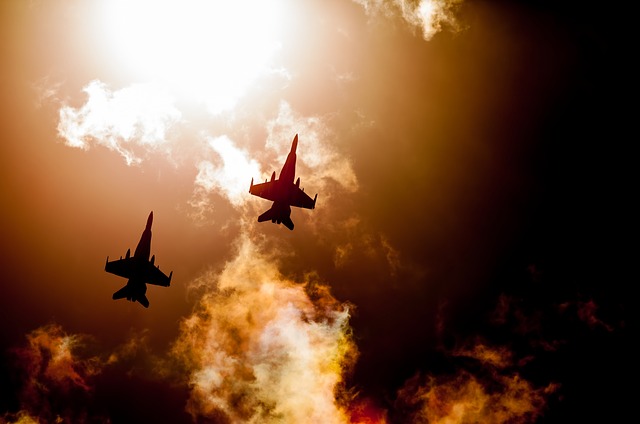News Highlights:
- A significant milestone was reached on February 6 when the Indigenous Light Combat Aircraft (LCA) variant landed on the nation’s first Indigenous aircraft carrier (IAC), INS Vikrant.
- A historical milestone was achieved towards Aatma Nirbhar Bharat by the Navy as Naval pilots took the landing of LCA [Navy] onboard INS Vikrant.

The Light Combat Aircraft:
- Background:
- The LCA technology demonstration had its first flight in January 2001 after being conceptualised in the 1980s.
- Despite numerous delays and cost overruns, the indigenous single-engine, multi-role Tejas fighter jet has advanced significantly in platform maturity and the entire aircraft development programme.
- There are now 123 LCA aircraft in various versions on order.
- The Aeronautical Development Agency designed it under the Department of Defence Research and Development.
- It took the place of the outdated Mig 21 fighter jets.
- Features:
- It is the lightest, most miniature, tailless multi-role supersonic fighter aircraft in its class.
- Owing to their smaller size, LCAs have better manoeuvrability.
- Better manoeuvrability helps you get into better positions faster to fire and score the kill.
- Designed to carry a range of air-to-air, air-to-surface, precision-guided weapons.
- Air-to-air refuelling capability.
- Variants:
- Tejas Trainer: 2-seater operational conversion trainer for training air force pilots.
- LCA Navy: Twin- and single-seat carrier-capable for the Indian Navy.
- LCA Tejas Navy MK2: Phase 2 of the LCA Navy variant.
- LCA Tejas Mk-1A: This is an improvement over the LCA Tejas Mk1 with a higher thrust engine.
- Objectives:
- To provide LCA for the IAF while overcoming the technological gap between the developed Western countries and India in the area of aviation.
Present status of the LCA programme:
- Developments:
- In February 2021, the Defence Ministry signed a 48,000 crore deal with HAL to supply 83 LCA-Mk1A to the IAF.
- This includes 73 LCA Tejas Mk-1A fighter aircraft and 10 LCA Mk-1 trainer aircraft at the cost of 45,696 crores, along with the design and development of infrastructure sanctions worth 1,202 crores.
- LCA achieved Initial Operation Clearance (IOC) in December 2013 and FOC in February 2019.
- The IAF had earlier signed two contracts with HAL for 20 IOC configuration aircraft, including four IOC trainers, on March 31, 2006, and for 20 FOC configuration aircraft, including four FOC trainers, on December 23, 2010.
- Both deliveries have been delayed due to delays in the certification process.
- The first IOC fighter aircraft was delivered in 2016, and the first LCA squadron No. 45 “Flying Daggers” in the IAF was formed in July 2016 with two aircraft.
- The first squadron is complete, and the second LCA squadron, No. 18 ‘Flying Bullets’, was operationalised in May 2020.
- Future Prospects:
- An ambitious fifth-generation fighter aircraft Advanced Medium Combat Aircraft (AMCA), and a new Twin Engine Deck Based Fighter (TEDBF) to operate from the Navy’s aircraft carriers are being developed by the Defence Research and Development Organisation (DRDO) and Aeronautical Development Agency (ADA).
- The AMCA is envisaged as a 25-tonne aircraft with an internal carriage of 1,500kg of payload and a 5,500kg external payload with 6,500kg of internal fuel, with the rollout planned in 2024 and the first flight planned in 2025.
- The TEDBF is being designed based on lessons learnt from the Naval LCA programme, and the first flight is planned for 2026.
- In addition to supplying to the IAF, HAL is aggressively pitching its helicopters and Tejas to South East and West Asia countries, and LCA is in the contest in Malaysia.
Pic Courtesy: Pixabay
Content Source: The Hindu



